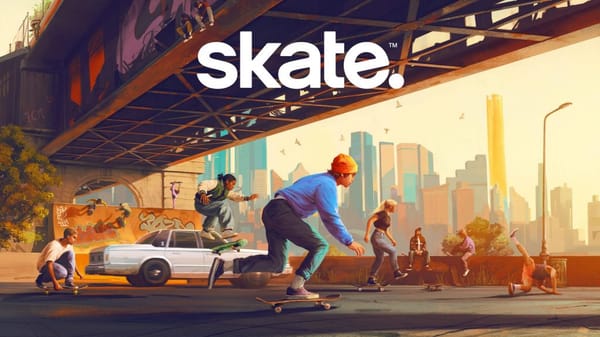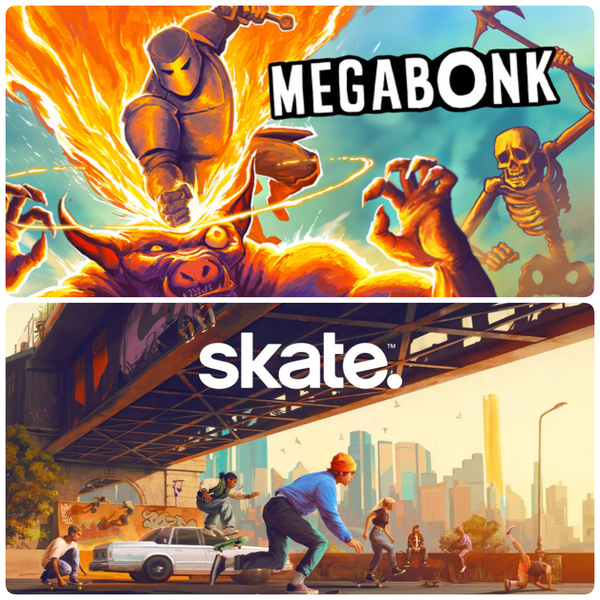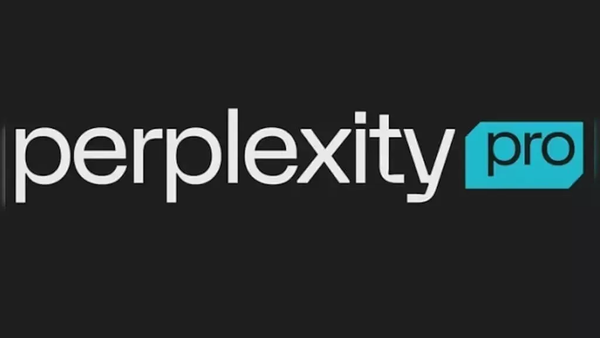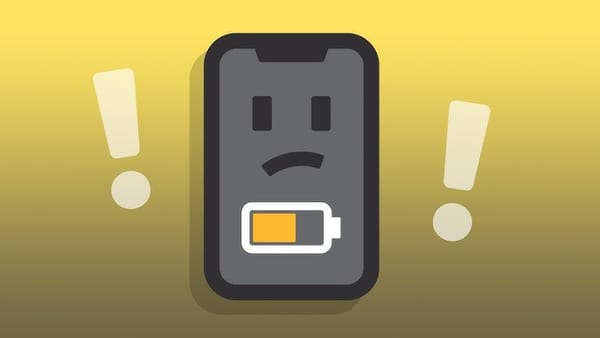YouTube Became the TV It Was Meant to Kill
YouTube set out to disrupt traditional TV — only to become its over-commercialized, algorithm-driven replacement.
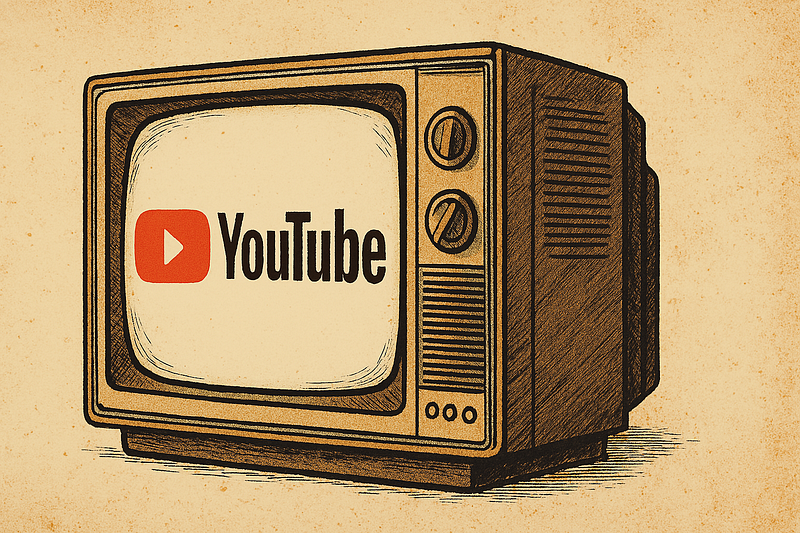
YouTube Became the TV It Was Meant to Replace
YouTube promised us freedom from cable.
No more fake smiles, overpriced ads, or the same five formats played on loop.
YouTube was supposed to be raw, real, and revolutionary. But somewhere along the way, the platform that wanted to kill TV became an even worse version of it.
The Dream That Hooked Us
In its earliest form, YouTube was the rebellion.
It was a place where one person, a cheap camera, and an idea could cut through the noise of network television.
It was messy, authentic, and unpredictable. You didn’t need a team. You didn’t need a budget. You just needed something to say.
And people listened.
YouTube was never supposed to be about high production. It was about connection.
It was the antidote to everything TV had become — fake, scripted, overproduced, and jammed with ads. That was the pitch. And it worked. For a while.
From Content to Commercials to Contracts
Now, it’s hard to tell where the content ends and the ad begins. You don’t just get interrupted by ads placed by YouTube. The creator is the ad.
They pause mid-video to tell you about VPNs, razors, supplements, games, and whatever else showed up in their inbox that week.
And they all use the same script, the same fake enthusiasm, the same lie that they “personally use and love this product.”
Worse than TV? At least with TV, the ads were between the shows. Now, the ad is the show.
Even the set is for sale. The water bottle on the desk. The laptop skin. The microphone. The shirt they’re wearing. Everything in frame is part of an affiliate link.
The description box has become a storefront. It’s like stepping into a walking, talking catalog.
And when they break the flow of a story to suddenly shift into an ad read with a smile, it’s not just jarring — it’s surreal.
It feels like something out of The Truman Show. A reality warped by hidden sales agendas where nothing is quite real, and everything exists to sell you something.
When movies do this kind of blatant product placement, people lose their minds.
Social media erupts with complaints about how the immersion was broken. But on YouTube? It’s become normalized. Expected. Part of the formula.
Creators have traded creativity for commerce. And it doesn’t stop with a single brand deal.
They’re constantly plugging something — merch, other videos, their podcast, their second channel, their TikTok, their Instagram, maybe even a course.
The content itself begins to feel like a smokescreen for a list of promotional obligations.
It’s like we’re not even watching a video anymore — we’re watching someone fulfill the terms of a sponsorship contract or squeeze every last drop of monetization just to keep the lights on.
The hustle has replaced the message. The product is no longer the video. The product is everything around the video.
And we keep clicking, so the cycle repeats.
The Death of Authenticity
The whole appeal of YouTube was that it was you. Not a production company, not a team — you.
But now, what we get is the illusion of the individual.
Behind most successful creators is a team: a thumbnail artist who studies CTRs, a video editor who mimics retention-optimized pacing, a brand manager lining up deals, and sometimes even a scriptwriter punching up the personality.
It’s still presented like you’re hanging out with a friend. But you’re not.
You’re watching a character built to hit metrics, trained not to offend, and designed to sell.
Authenticity got smothered by performance.
Recycled and Optimized
Remember when YouTube felt spontaneous?
Now, everything looks the same.
The same thumbnail expressions.
The same fonts.
The same story arcs.
The same emotional beat drops.
You’re not rewarded for being original. You’re rewarded for being familiar. That’s the algorithm’s game.
So what do creators do? They replicate what works. They copy what’s trending.
They turn their channel into a product line, each video another SKU on the shelf.
Originality is a risk. And risks don’t pay CPM.
The Algorithm Is the Executive Producer
In network television, producers decided what aired.
On YouTube, it’s the algorithm — and it’s far less forgiving.
But here’s the catch: the algorithm doesn’t serve the viewer. It serves the ad companies.
YouTube learned this the hard way during its infamous “Adpocalypse,” when advertisers pulled out because their ads showed up on controversial videos.
Since then, the platform’s loyalty has shifted.
Now, it bends to whoever pays the most.
If content doesn’t suit the ad model, the content goes, not the ads.
The algorithm is not here to show you what you want to see.
It’s here to keep you on the platform long enough to shove more ads down your throat.
The longer you stay, the more it earns. That’s the real metric. Engagement isn’t just about interest anymore — it’s about ad real estate.
So creators adapt. They write for the algorithm. They film for the thumbnail. They pace for retention.
They remove nuance, avoid depth, and cut anything that might slow the scroll. Not because they want to. Because they have to.
The advertisers are the overlords. The algorithm is their obedient servant. And the creators? They’re just the middlemen.
The Illusion of Invincibility
But it’s not just what this system is doing to content — it’s what it’s doing to the creators themselves.
This environment builds something arguably more concerning than corporate giants: individuals who start to believe they are giants.
When someone games the algorithm and hits success, views pour in, validation follows, and suddenly, they’re experts on everything.
A good flow of numbers becomes credibility.
Audience attention becomes ego fuel.
And with enough positive feedback, creators begin to believe they’re unstoppable.
People want to see more of them, and so they begin to stretch: into TV, into movies, into business ventures, podcasts, clothing lines.
They’re no longer just YouTubers — they’re brands. Untouchable. Ubiquitous.
Any disagreement? Deleted. The dislike button that once showed sentiment? Gone. Criticism in the comments? Silenced or brushed off as “hate.” Online forums trying to push back? Labeled as toxic.
The reinforcement loop never breaks. Everything affirms their sense of being larger than life — until it doesn’t.
Eventually, they make one mistake, and the pedestal collapses.
Or worse: they never fall. They just extract everything they can from their audience — every cent, every ounce of attention — and quietly move on to bigger, more profitable spaces.
The very people they once built for become irrelevant to them.
So What Now?
YouTube didn’t just turn into TV.
It became TV’s hyper-capitalist cousin — faster, louder, cheaper, and always selling.
The platform that once stood for independence now rewards conformity. The dream of the indie creator has been absorbed by the very system it sought to destroy.
And yet, we’re still here. Watching. Clicking. Hoping that maybe, somewhere in between the brand deals and the fake laughter, someone will break through and say something real.
Maybe TV didn’t die.
It just learned how to pretend it’s one of us.
